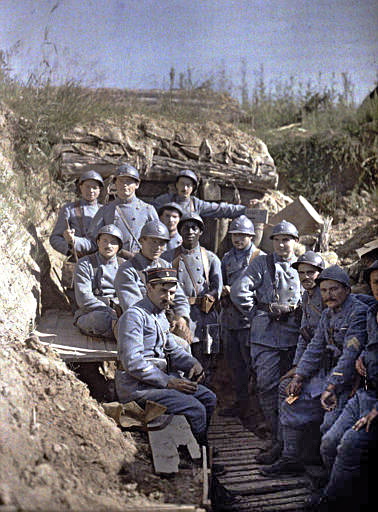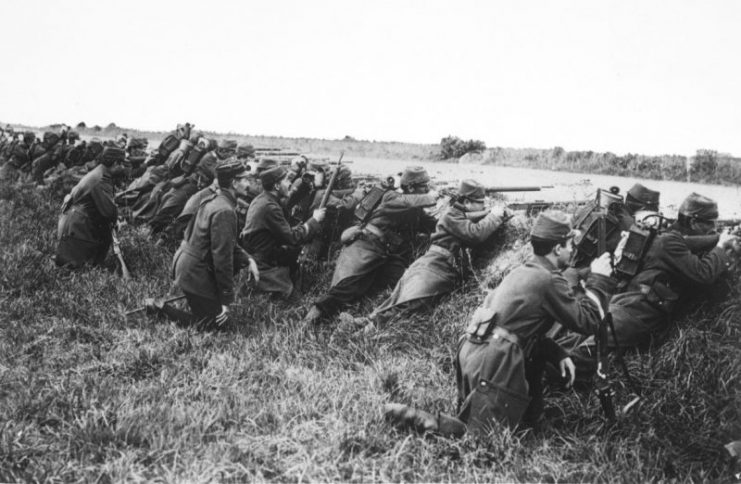On May 27, 1915, a French soldier wrote a letter to his friend Jean Audriffen. In the letter, Sergeant Jean Soulagnes requested that his friend tell his family and fiancee if he died on the front lines.
Twelve days later, Soulagnes was killed while fighting in the Battle of Hebuterne, a part of the Somme offensive.
Police discovered the letter during a search after a burglary. They turned to social media to find Soulagnes’ family and found a great-grandnephew, Stephane Drouhot.
Drouhot appeared at a ceremony with his daughter, Clara, to receive the letter. He said that he had been stunned when he first received word from the police that they had discovered the note.
Drouhot said that the maternal side of his family had many members who died because of the war or sickness during that time. Drouhot and his children are the last to continue Soulagnes’ family.

The police uncovered the letter during their search after a burglary and were unsure of how to return it to the deceased soldier’s family. They turned to Twitter and tweeted the information about Soulagnes. Hundreds of people joined in the search and helped the officials find Drouhot.
Arnaud Louis is a spokesperson for the Bouches-du-Rhone public security department. He said amateur genealogists joined in the search after the tweet and led police to Soulagnes’ descendants.
Soulagnes wrote the letter just two hours before he shipped out “for an uncertain destination where big things would happen.”
French soldiers were known as ‘Poilus’ or ‘hairy ones’ because of their youth, virility, and courage.
In the letter, he implores his “only friend” to not“refuse the painful service” and break the bad news to his loved ones if he died in battle.
In 1915, German forces were busy building to reinforce their positions on the front and second lines through the Ancre River valley from Monchy-au-Bois to the Somme river. As part of their efforts, the German army heavily reinforced the La Touvent Farm near Hebuterne.

The French Second Army made an attack on the farm and succeeded in capturing it – at a loss of 1,700 French soldiers killed and over 8,500 injured. The Germans, by contrast, suffered 900 men killed, wounded or taken prisoner.
The event occurred near the beginning of the Battle of the Somme, one of the bloodiest battles ever fought. On the first day of fighting, the British army alone received over 57,000 casualties. By the end of the battle, over 1.5 million men were dead.
It was the first major offensive by the British in the war and saw an improvement in British tactics. In the beginning, the French were the ones making the greatest advances and suffered the fewest losses of the two Allies.
Much of the battle was fought in trenches. It was an expensive way to learn the new style of fighting, but in the end, it led to a weakened German army which inevitably led to the Allied victory in WWI.
The threat from the German army had motivated the French to increase their conscription age to 45 to increase their ranks to over 3 million men. Most of those men were deployed within France to hold off the German invasion. The increased use of machine guns, armored cars, and tanks reduced the number of men serving in the infantry but also decreased the life expectancy of those soldiers.
By the end of the war, over 8 million men had served in the French military. Of those men, over 1 million were killed with a further 3 million injured.
